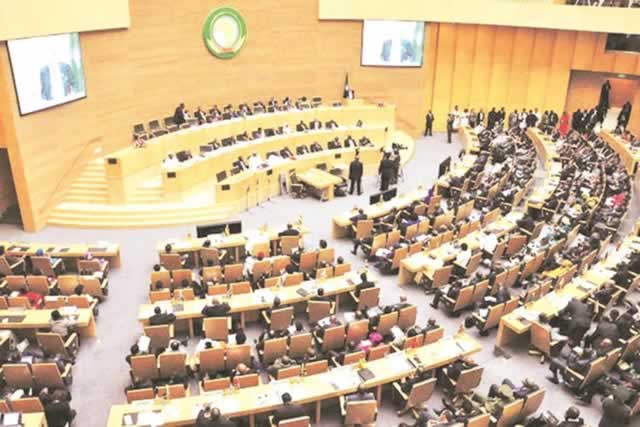Global de-dollarisation and US policies

Vladimir Odintsov Correspondent
In its quest for world domination, which the White House has been pursuing for more than a century, it relied on two primary tools: the US dollar and military might. In order to prevent Washington from establishing complete global hegemony, certain countries have recently been revising their positions towards these two elements by developing alternative military alliances and by breaking with their dependence on the US dollar.
Until the mid-20th century, the gold standard was the dominant monetary system, based on a fixed quantity of gold reserves stocked in national banks, which limited lending. At that time, the United States managed to become the owner of 70 percent of world’s gold reserves (excluding the USSR), therefore it pushed its weakened competitor, the UK, aside resulting in the creation of the Bretton Woods financial system in 1944. That’s how the US dollar became the predominant currency for international payments.
Analysts believe that the share of the United States in today’s world gross domestic product shouldn’t exceed 22 percent. However, 80 percent of international payments are made with US dollars. As a result, the value of the US dollar is exceedingly high in comparison with other currencies, that’s why consumers in the United States receive imported goods at extremely low prices. It provides the United States with significant financial profit, while high demand for dollars in the world allows the US government to refinance its debt at very low interest rates.
Under these circumstances, those hedging against the dollar are considered a direct threat to US economic hegemony and the high living standards of its citizens, and therefore political and business circles in Washington attempt by all means to resist this process. This resistance manifested itself in the overthrow and the brutal murder of Libyan leader Muammar Gad-dafi, who decided to switch to euros for oil payments, before introducing a gold dinar to replace the European currency.
However, in recent years, despite Washington’s desire to use whatever means to sustain its position within the international arena, US policies are increasingly faced with opposition. As a result, a growing number of countries are trying to move from the US dollar along with its dependence on the United States, by pursuing a policy of de-dollarisation.
Three states that are particularly active in this domain are China, Russia and Iran. These countries are trying to achieve de-dollarisation at a record pace, along with some European banks and energy companies that are operating within their borders.
The Russian government held a meeting on de-dollarisation in spring of 2014, where the Ministry of Finance announced the plan to increase the share of ruble-denominated contracts and the consequent abandonment of dollar exchange. Last May at the Shanghai summit, the Russian delegation manged to sign the so-called “deal of the century” which implies that over the next 30 years China will buy $400 billion worth of Russia’s natural gas, while paying in rubles and yuans.
In addition, in August 2014 a subsidiary company of Gazprom announced its readiness to accept payment for 80 000 tonnes of oil from Arctic deposits in rubles that were to be shipped to Europe, while the payment for the supply of oil through the “Eastern Siberia – Pacific Ocean” pipeline can be transferred in yuans. Last August while visiting the Crimea, Russia’s President Vladimir Putin announced that “the petrodollar system should become history” while “Russia is discussing the use of national currencies in mutual settlements with a number of countries”. These steps recently taken by Russia are the real reasons behind the West’s sanction policy.
All across the world, the calls for the creation of a new international monetary system are getting louder with each passing day. In this context it should be noted that the UK government plans to release debts denominated in yuans while the European Central Bank is discussing the possibility of including the yuan in its official reserves.
Those trends are to be seen everywhere, but in the midst of anti-Russian propaganda, Western newsmakers prefer to keep quiet about these facts, in particular, when inflation is skyrocketing in the United States. In recent months, the proportion of US Treasury bonds in the Russian foreign exchange reserves has been shrinking rapidly, being sold at a record pace, while this same tactic has been used by a number of different states.
To make matters worse for the US, many countries seek to export their gold reserves from the United States, which are deposited in vaults at the Federal Reserve Bank.
After the scandal of 2013, when the US Federal Reserve refused to return German gold reserves to its respective owner, the Netherlands has joined the list of countries that are trying to retrieve their gold from the US.
Should it be successful the list of countries seeking the return of gold reserves will double which may result in a major crisis for Washington.
The above stated facts indicate that the world does not want to rely on the US dollar anymore. In these circumstances, Washington relies on the policy of deepening regional destabilisation, which, according to the White House strategy, must lead to a considerable weakening of any potential US rivals. But there’s little to no hope for the United States to survive its own wave of chaos it has unleashed across the world. – NEO.








Comments